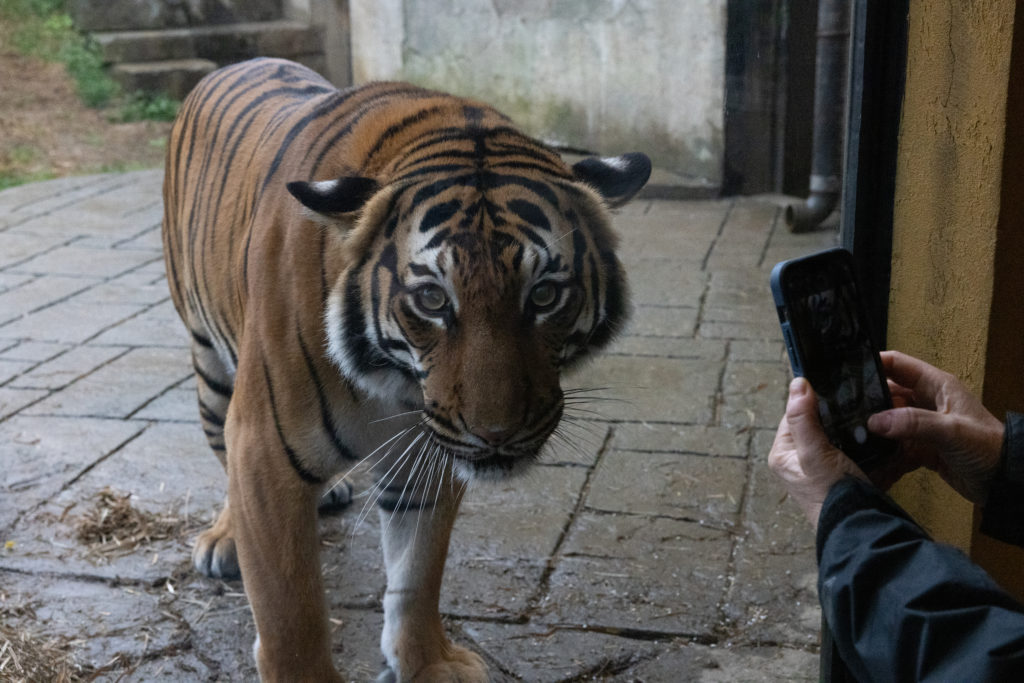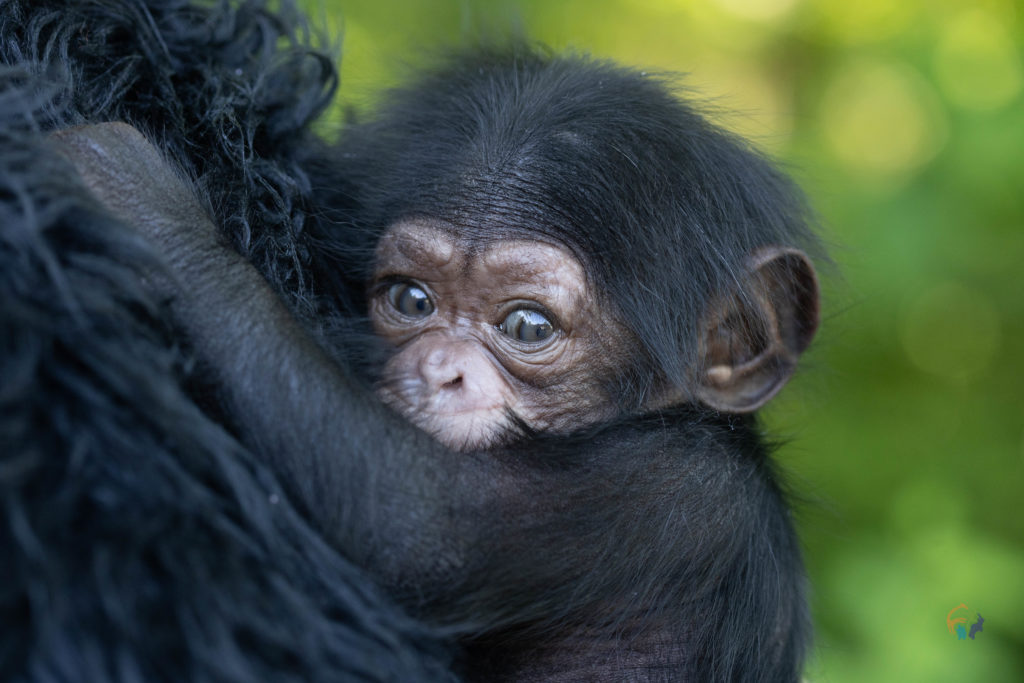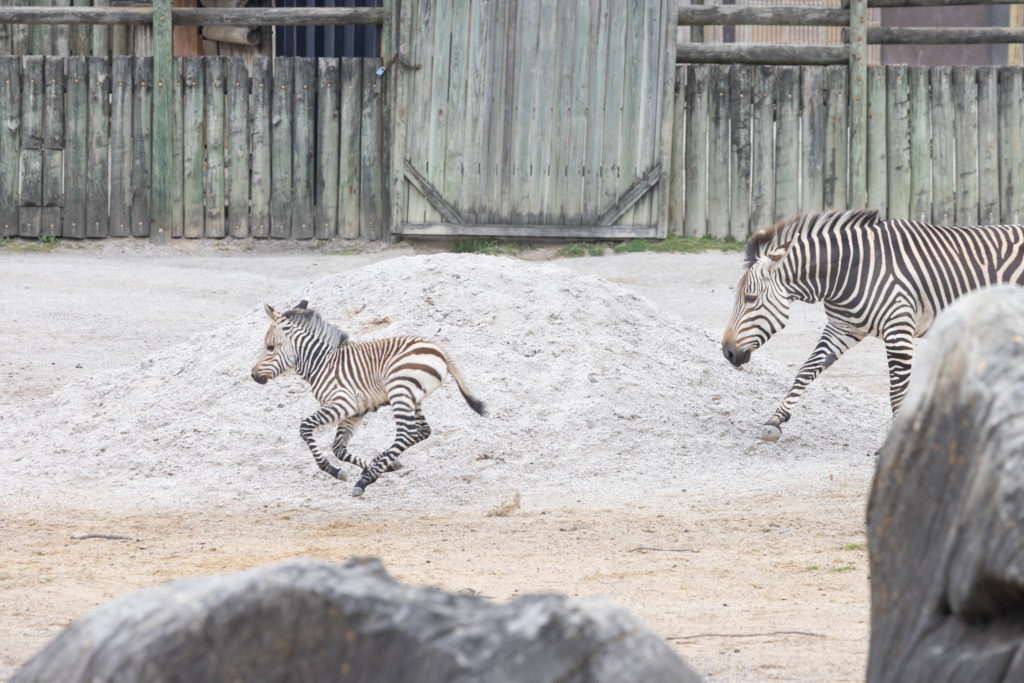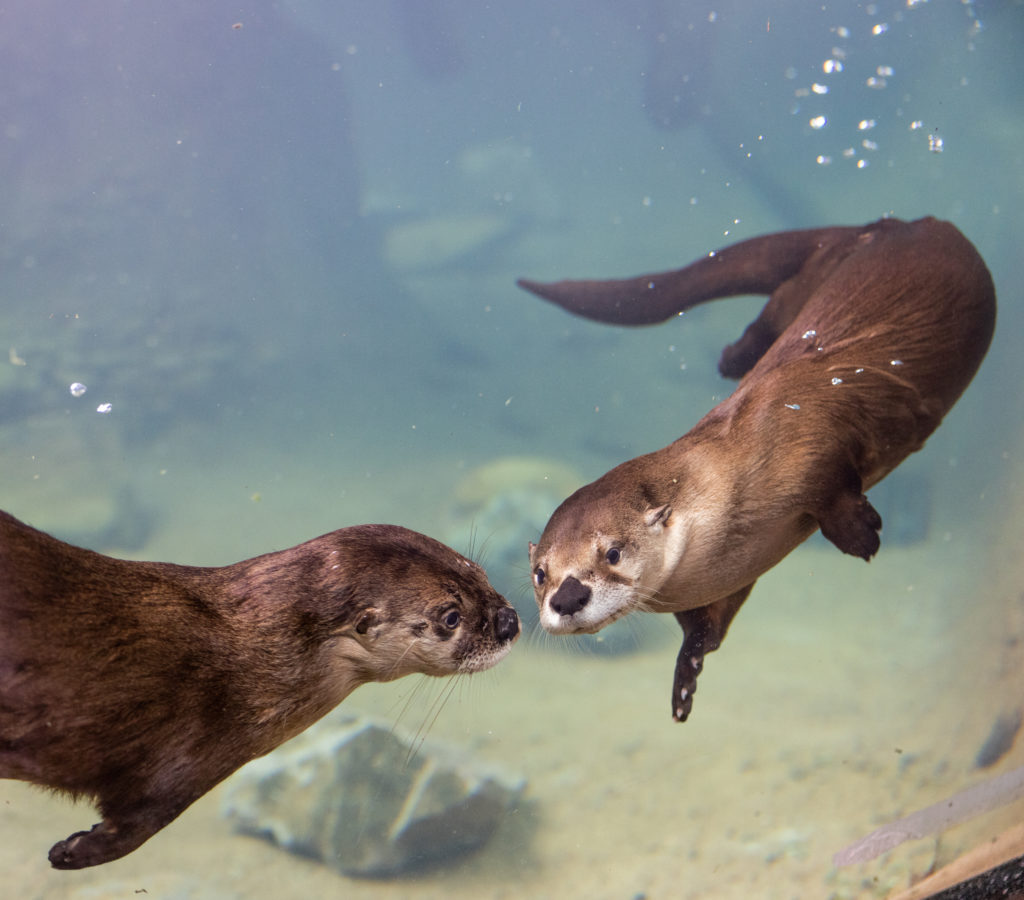
Meet Zoo Knoxville’s Newest Residents!
Written By: Scarlett Rockhold, Communications Manager at Zoo Knoxville
Six new animals joined Zoo Knoxville in 2022. These animals represent: two species currently on the critically endangered list, a species heading towards the endangered list, and a species that has been removed from the endangered list thanks to conservation in action. Check out Zoo Knoxville’s newest members below!
Batari – Malayan Tiger

Malayan tiger Batari arrived at Zoo Knoxville in January 2022 and has settled into her new habitat, Tiger Forest, located at the award winning Boyd Family Asian Trek exhibit. Inside Tiger Temple two floor to ceiling glass walls offer a close-up view of Batari as well as male Malayan tiger, Tanvir, either lounging among the temple ruins or taking a dip in the pool.
There are less than 400 of these critically endangered tigers left in the wild. Because of the rapid decline in the Malayan tiger population in the wild, it is important for Malayan tigers in zoos accredited by the Association of Zoos and Aquariums (AZA) to maintain a genetically diverse population.
Stevie – Chimpanzee

Stevie, a female chimpanzee was born on April 22, 2022. Chimpanzees are an endangered species, and being driven to extinction by habitat loss, disease, and their biggest threat, illegal poaching. Zoo Knoxville is working in partnership with 32 other zoos accredited by the Association of Zoos and Aquariums (AZA) to ensure a healthy population remains as hope for the future.
Chimpanzees can be seen both in their indoor viewing area as well as from Chimp Overlook at the west end of Zoo Knoxville.
Harmann’s Mountain Zebra – to be named

On March 24, 2022, a female foal was born at Zoo Knoxville to mother Lydia and father Die Toekoms. Zoo Knoxville is one of only 19 zoos in the country who work with this species as part of a collaboration of zoos accredited by the The Association of Zoos and Aquariums to save them from extinction. Native to Angola, Namibia, and South Africa, wild mountain zebra populations rebounded from “Endangered” status to “Vulnerable” in 2008. While the population has increased in recent years, they remain threatened by catastrophic drought and face a future population reduction of at least 30% within the next 33 years if more severe droughts occur.
This new female foal can be seen with her mother Lydia at Zoo Knoxville’s grasslands exhibit.
Otters – Clayton, Pascal & Reed

One-year-old Pascal, 9-month-old Clayton and 3-year-old Reed are three young male North American river otters. They arrived at Zoo Knoxville in 2022 and moved into their new habitat, Clayton Otter Creek, in March. Pascal, Clayton and Reed play an important role as advocates for their species, emphasizing how critical clean water is for otter habitats. They are encouraging zoo visitors to help prevent microplastics from polluting our local waterways by bringing reusable water bottles that can be refilled in bottle stations throughout the zoo or purchasing water in aluminum bottles.
North American river otters are a conservation success story. Once found in waterways throughout North America and Canada, they were extinct in Middle and East Tennessee by 1958 due to river pollution, habitat destruction, and unregulated hunting. In 1984, The Tennessee Wildlife Resources Agency (TWRA) began the first of a series of restoration programs, reintroducing otters in every major river system in the state until 1993. The otters thrived and were taken off Tennessee’s endangered species list in 1999.